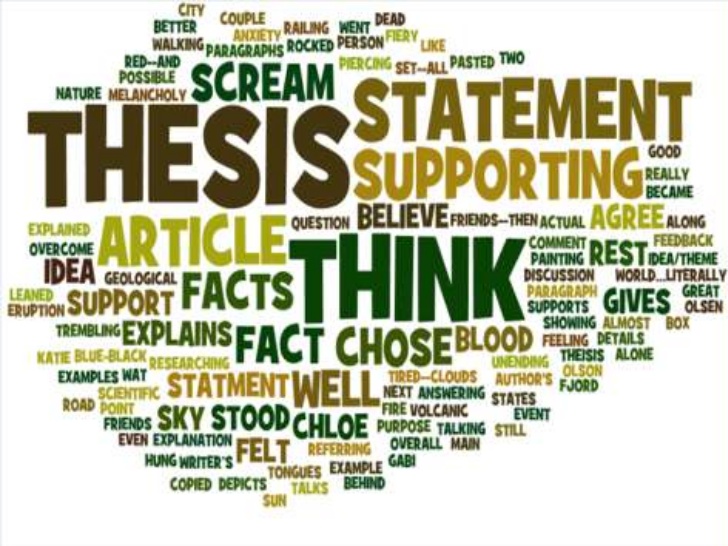A thesis statement clearly identifies the discussion on the topic, it should cover only what is being discussed in the paper and is written for a specific viewer. Your statement of statement is at the end of your first paragraph, which is known as your introduction. Use to encourage interest in your topic and to continue reading your audience.
Introduction
Writing in college often takes the form of a wise idea – you are studying to convince others that you have an interesting, logical approach to this subject. Saturn is a skill that you regularly conduct in your everyday life. Volunteer to clean your roommate, to give your parents a loan, to vote for your friend for their favorite candidate or policy. In college, course assignments will often ask you to make a convincing case.
You are asked to convince your viewpoint. Voluntarily, this form is often called academic argument, following a possible pattern of writing. After a brief introduction to your topic, you describe your point of view directly on the theme and often in a sentence. This is a discussion of the Thesis, and it makes a summary of this region in the rest of your papers.
A thesis statement is not a statement of Complete Information.
Your readers – especially your teachers – want to read the text included. As a result, you do not necessarily write, the fact that the thesis statements are. Because of the fact that the facts are easy to write, well, they are easy to prove. After all, they are facts. Here is the problem that you cannot find at the following URL https://rush-essays.com/ to write busy papers around facts. Such things forbid you to show important thinking and analytical skills, which you want to show your teacher. If you want to write a paper around the next two statements, your writing will probably become very slow because you are trying to restore the fact that the public is already aware.
Way of create a thesis
One thesis is a result of a long thinking process. You did not know the first thing after reading a discussion comment. Before preparing a discussion on any topic, you see potential relationships between known facts (such as amazing resistance or similarities), to gather evidence and manage evidence, and about the importance of these relationships. Let’s think. Once you think this, you might probably have “working papers” that offer a basic or important idea, and there is an argument that you think you can support with evidence. Both the arguments and the way your thesis needs adjustment.
Authors use all types of techniques to promote their thinking and to understand the relationship or to understand the importance of one topic and reach a thesis statement. For more ideas on how to get started, see our handout on mental storms.
Instructions for Strong Thesis
If time, run by your operator or set time to get an impression in the Reading Center. Even if you do not have the time to advise someone else, you can diagnose some of your own thesis. When you review your first draft and its work, ask yourself the following:
- After re-reading the question immediately after reading the working Thesis, you can help solve a problem that reminds the question.
- If your thesis describes only the fact that no one can or cannot agree, If your thesis covers words like “good” or “successful,” see if you could be more exact: why is somewhat “good”; what exactly results somewhat “successful.
- Theme statements that are very unusual are not often a strong argument. If words are “good” or “successful” on your topic, see if you can be more specific: why is something “good”; what does something particularly “succeed”?
- If the reader’s first feedback is “what is”, then you need to make clear to establish a relationship or to attach a big problem.
- If your thesis and body of your thesis do not seem to go together, one of them needs to change. To change your working thesis, it’s okay to reflect these things about writing your papers. Remember, always revise and modify your writing as needed.
- If the reader’s first answer is “How?” Or “why?” Your thesis may also be open and lack of guidance for a reader. See how readers can add you to improve their position before improving.

